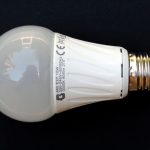Mastering Your Monster: A Beginner’s Guide to Using LED Light Remote

In today’s era of technology, LED lights have become an integral part of our lives, whether it’s in our homes or offices. With the advancement of technology, the use of LED lights has gone beyond the traditional on and off switch, and now, the use of LED light remotes has become a popular trend. The LED light remote allows users to control the lighting environment by adjusting the brightness, color, and even the mood of the room. However, for a beginner, understanding the concept of LED light remotes can be challenging, and that’s where this guide comes to the rescue. This beginner’s guide to using LED light remotes is designed to help you master your monster. Whether you’re using LED lights for the first time or have some experience, this guide will provide you with the necessary information to make the most out of your LED light remote. From understanding the basic functionality of the remote to exploring the various features, this guide will answer all your questions and help you take control of your LED lighting environment. So, let’s dive in and learn how to make your LED lights work for you.
Understanding LED Light Remote
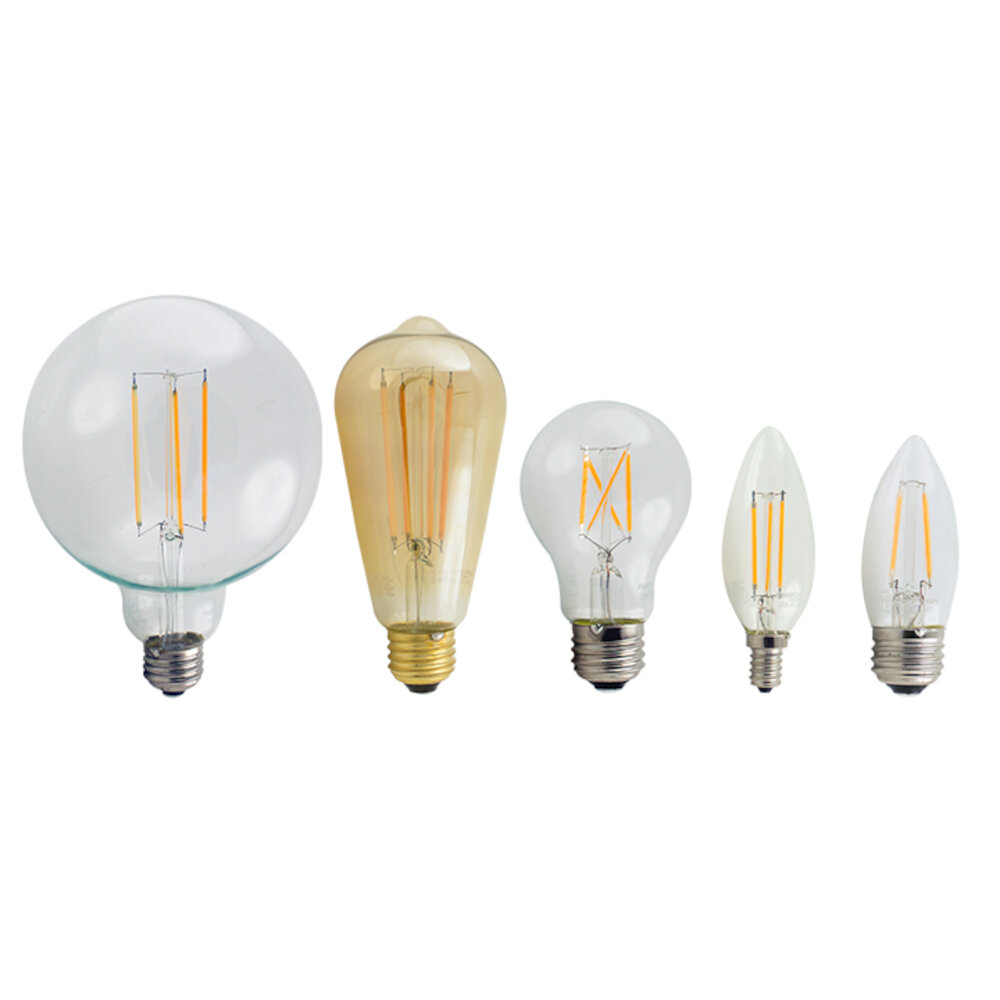
LED lights are a popular choice for modern lighting solutions, and the convenience of remote-controlled LED lights makes them even more popular. Understanding LED light remote is essential for anyone who wants to master their monster of a lighting system. The remote control is the key to unlocking the full potential of LED lights, allowing you to change the color, brightness, and mode of your lighting with ease. To understand LED light remote, you need to know the basic components of the remote control. The remote typically includes a power button, color-changing buttons, brightness adjustment buttons, and mode selection buttons. Some remote controls also include additional features such as timer settings and music synchronization. The power button turns the lights on or off, while the color-changing buttons allow you to select from a range of colors. The brightness adjustment buttons increase or decrease the brightness of the lights, while the mode selection buttons allow you to choose from a variety of lighting modes such as flash, fade, or strobe. By mastering these basic functions, you can create a variety of lighting effects to suit any mood or occasion.
An LED light remote is a device that allows you to control your LED lights from a distance. This remote uses radio frequencies or infrared signals to communicate with your LED lights, enabling you to change the brightness, color, and mode of your lights without having to get up and manually adjust them. These remotes come with multiple buttons that correspond to different functions, and some even have built-in timers that allow you to customize when your lights turn on and off. With an LED light remote, you can create the perfect ambiance for any occasion, whether it’s a romantic dinner, a party, or a relaxing evening at home.
The LED light remote control is a device that allows you to control the lighting in your home or office through the use of a remote control. It works by sending a signal to the LED light, which then responds by turning on, off or changing colors. The remote control communicates with the LED light through radio waves, and the LED light is programmed to respond to specific signals. The remote control can be programmed to control multiple LED lights at once, and it can also be customized to control specific lighting settings, such as dimming or color changes. With the LED light remote control, you can easily adjust the lighting in your space to create the perfect ambiance for any occasion.
When it comes to LED light remotes, there are a variety of types to choose from. One type is the basic remote, which allows you to turn your lights on and off, as well as adjust the brightness. Another type is the color-changing remote, which allows you to select from a range of colors and adjust the brightness. Some remotes also come with preset lighting modes, such as strobe or fade, which can add a fun and dynamic element to your lighting setup. Additionally, there are WiFi-enabled remotes that allow you to control your lights through your smartphone or voice assistant, giving you even more flexibility and convenience. With so many options available, it’s important to choose a remote that suits your specific needs and preferences.
Advantages of Using an LED Light Remote
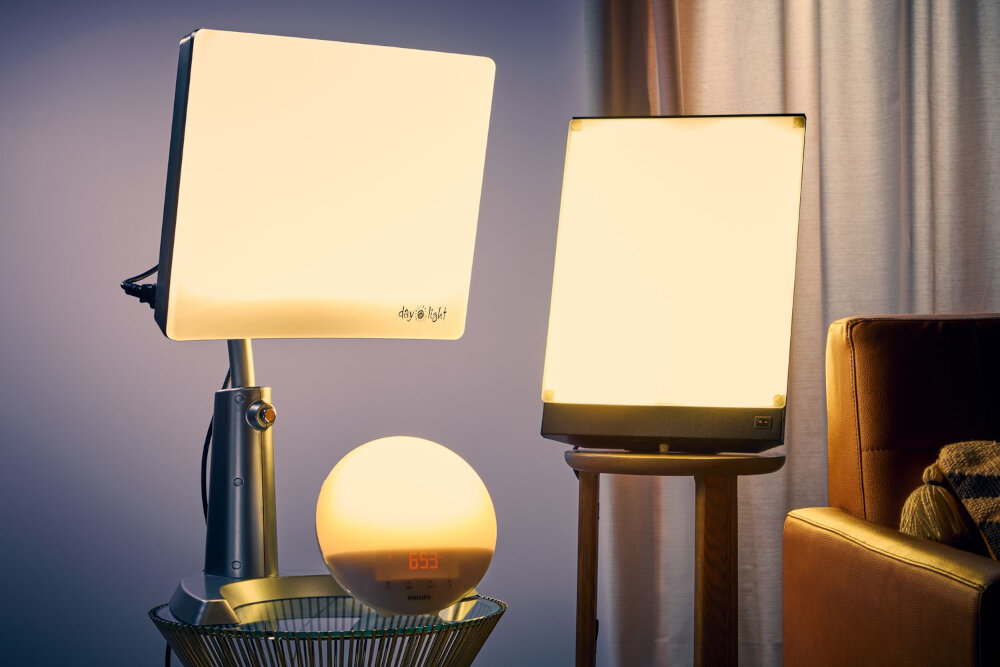
An LED light remote can offer many advantages to anyone looking to control their lighting system. Firstly, it provides a convenient and effortless way of adjusting the lighting in any room. With just a few clicks, you can turn on or off your LED lights from the comfort of your couch, without having to get up and walk across the room. Additionally, most LED light remotes come with a dimming feature, which allows you to adjust the brightness of the lights to suit your preferences. This feature is particularly useful for creating a relaxing and cozy atmosphere in your home. Another advantage of using an LED light remote is that it can help you save money on your energy bills. By controlling the lighting in your home more efficiently, you can reduce your energy consumption and thus, lower your electricity bills. For example, you can turn off the lights in unused rooms or dim the lights when you don’t need them at full brightness. Additionally, LED lights themselves are energy-efficient and can last up to 25 times longer than traditional incandescent bulbs, which means you’ll save money on replacement costs as well. Overall, an LED light remote is a smart investment for anyone looking to enhance their home’s lighting system while also saving money on their energy bills.
Energy savings is a critical aspect of modern living, and with the rise of LED lighting technology, it is now easier than ever to achieve this goal. LED lights use less energy than traditional incandescent bulbs while providing the same level of brightness or even more. They also last longer, which means fewer replacements and less waste. With the use of LED light remotes, you can further optimize your energy savings by controlling the brightness, color temperature, and timing of your lights. This allows you to create the perfect ambiance for any occasion while minimizing your electricity consumption. By mastering your LED light remote, you can take control of your energy usage and reduce your carbon footprint without sacrificing comfort or style.
In today’s fast-paced world, convenience and accessibility are key factors that drive innovation and technological advancements. The LED light remote is a perfect example of this, as it allows users to control their lighting systems from the palm of their hands. With just a few clicks, users can adjust the brightness, color, and even timing of their LED lights, making it easier to create the perfect ambiance for any occasion. The convenience and accessibility of LED light remotes make them an essential tool for anyone who wants to take control of their lighting system and create a comfortable and inviting environment in their home or office.
Customization and versatility are two critical aspects of using an LED light remote. With a plethora of options and settings available at the touch of a button, it’s easy to tailor your lighting to your specific needs and preferences. Whether you want to create a warm and cozy atmosphere or a bright and vibrant one, the LED light remote allows you to do so with ease. Additionally, the versatility of LED lights allows you to use them in a variety of settings, from your home to your office or even your car. With their energy efficiency, long lifespan, and endless customization options, LED lights are the perfect solution for anyone looking to master their lighting needs.
How to Use an LED Light Remote
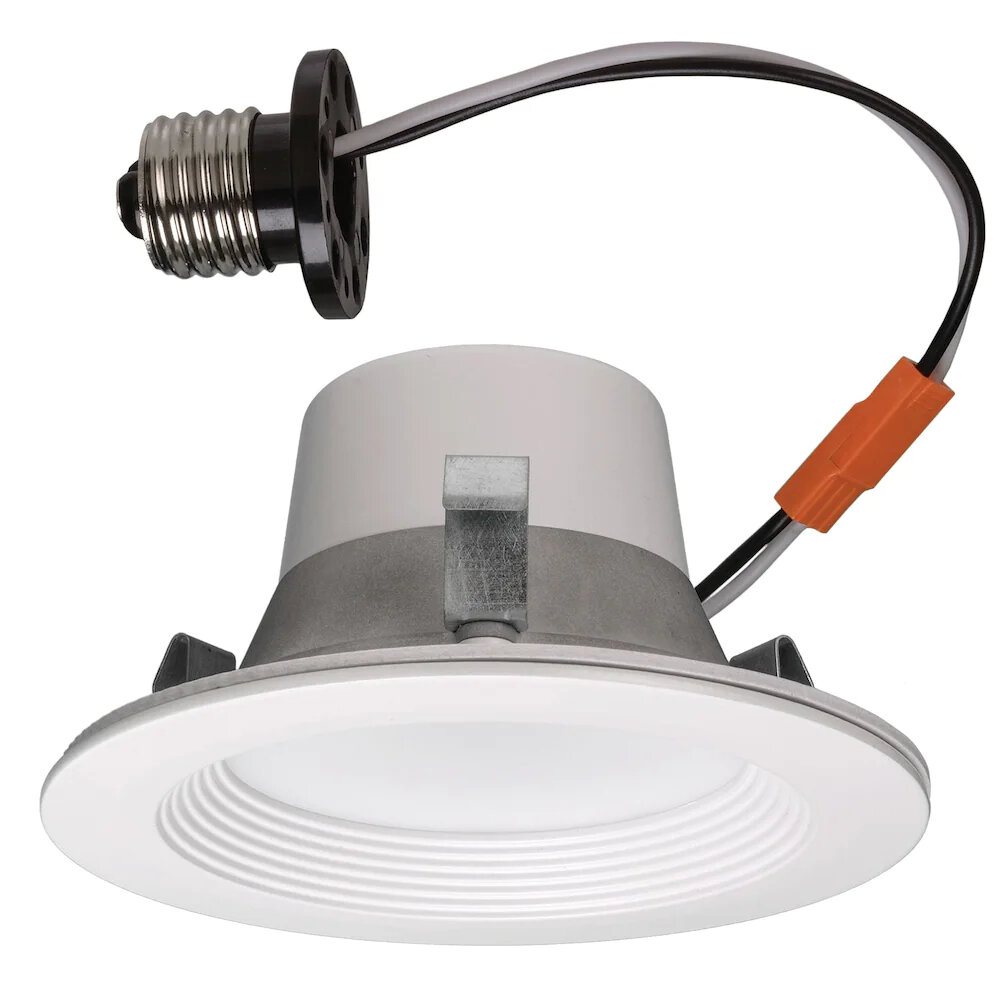
LED lights have become increasingly popular in recent years, and remote-controlled LED lights have made it even easier to customize your lighting experience. Using an LED light remote may seem daunting at first, but with a little bit of practice, it can become second nature. The first step in using an LED light remote is to ensure that your LED lights are compatible with the remote. Most LED light sets come with their own remote, but if you’re purchasing a remote separately, be sure to check that it’s compatible with your lights. Once you have a compatible remote, it’s important to familiarize yourself with the buttons and their functions. Most remotes will have buttons for power, brightness, color, and mode. Power turns the lights on and off, while brightness controls the intensity of the light. Color allows you to change the color of the lights, and mode controls the various light patterns and effects. Experiment with the different buttons and settings to find the perfect lighting for your space. With a little practice, you’ll be able to easily adjust your LED lights to suit any occasion.
Programming and operating an LED light remote is a straightforward process that can be mastered with a few simple steps. To begin, ensure that the remote is fully charged and pointed towards the LED light. Next, press and hold the power button on the remote until the light turns on. From there, use the remote’s various buttons to select the desired color, brightness, and lighting mode. To save your preferred settings, press and hold the \memory\ button until the LED light flashes twice. With these simple instructions, you can easily program and operate your LED light remote like a pro, and enjoy the many benefits of customizable lighting in your home or workspace.
Maximizing the potential of your LED light remote is crucial for enhancing your lighting experience. One of the most useful tips is to understand the different settings available on the remote, such as color temperature, brightness, and color options. Experimenting with these settings can help you discover the perfect lighting for any occasion. It’s also important to keep the remote in a convenient location and ensure that the batteries are fully charged or replaced when necessary. Additionally, learning how to sync multiple remotes can allow you to control all your LED lights from one central location, making it easier to create a cohesive lighting design throughout your space. With these tips and tricks, you’ll be able to master your monster and enjoy the full potential of your LED light remote.
Common Problems and Troubleshooting
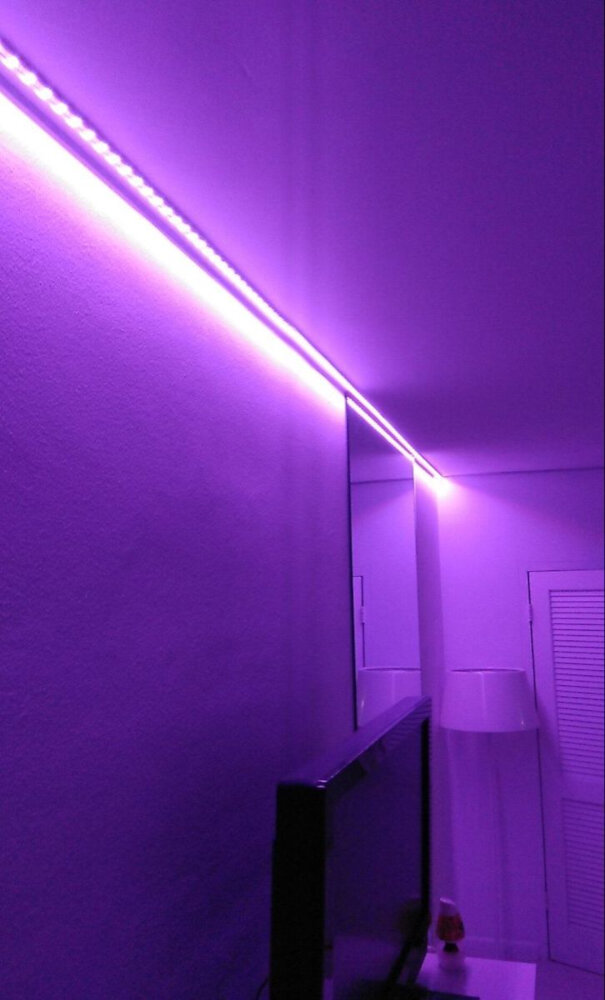
When it comes to using LED light remotes, there are a few common problems that users may encounter. One of the most common issues is that the remote may not work at all. This can be frustrating, especially if you’re trying to adjust the lighting in a room. If you’re experiencing this problem, the first thing to check is the batteries in the remote. Make sure they are properly installed and have enough power. If the batteries are fine, try resetting the remote by removing the batteries and pressing all the buttons for a few seconds. If the remote still doesn’t work, it may be time to replace it. Another common problem with LED light remotes is that the lights may not respond to the remote’s commands. This can happen if the remote is not properly synced with the lights. To fix this issue, try resetting both the remote and the lights. Turn the lights off and on, and then press the sync button on both the remote and the lights. If this doesn’t work, check to make sure that the remote is within range of the lights. If it’s too far away, the lights may not receive the signal from the remote. Additionally, make sure that there are no obstacles blocking the signal between the remote and the lights. By troubleshooting these common problems, you can ensure that your LED light remote works properly and efficiently.
One of the most common issues that users of LED light remotes face is connectivity or range problems. These issues can arise due to a variety of reasons, including interference from other electronic devices, obstacles between the remote and the light source, or weak batteries in the remote. When the remote is not able to connect with the light source, it can be frustrating for users who are trying to control their lighting settings. To overcome these issues, users can try troubleshooting steps such as moving closer to the light source, changing the batteries in the remote, or ensuring that there are no obstacles blocking the connection. It is important to master these troubleshooting techniques to ensure that users can fully enjoy the benefits of their LED light remote.
One of the most common challenges faced by beginners when using an LED light remote is difficulty programming or operating the device. This can be due to a number of factors, such as a lack of familiarity with the remote’s functions or a complicated setup process. Additionally, some remotes may have a confusing layout or unintuitive button placement, making it difficult to navigate through the settings and options. Fortunately, with a bit of patience and practice, mastering the remote can become much easier over time. It may be helpful to consult the user manual or seek out online tutorials to gain a better understanding of how the remote works and how to optimize its performance.
When it comes to using LED light remotes, there are a few common problems that beginners may face. One of the most common issues is difficulty in syncing the remote with the lights. This can often be resolved by making sure the remote is pointing directly at the receiver and that there are no obstacles blocking the signal. Another issue is flickering lights, which can be caused by a faulty connection or incorrect voltage. In this case, it’s important to double-check the wiring and ensure that the power supply matches the requirements of the LED lights. Finally, some users may experience issues with color accuracy or brightness levels. This can often be resolved by adjusting the settings on the remote or consulting the manufacturer’s instructions for troubleshooting tips. With a little patience and attention to detail, these common problems can be easily overcome, allowing you to master your LED light remote with ease.
An LED light remote provides an array of benefits and uses that can transform the ambiance of any space. The remote allows for convenient control of the brightness and color of LED lights, which can be used for mood lighting, accent lighting, and even to create a party atmosphere. With the ability to adjust the color and brightness of the lights remotely, you can easily customize the lighting to suit your needs and preferences. Additionally, an LED light remote can help save energy by allowing you to turn off the lights when they are not needed. Overall, mastering the use of an LED light remote can provide you with a versatile and energy-efficient lighting solution for any occasion.
In conclusion, using an LED light remote may seem daunting at first, but with practice and patience, it can become a seamless part of your home automation system. To make the most of your remote, it’s important to familiarize yourself with the different buttons and functions, as well as the capabilities of your specific LED light system. Remember to keep your remote handy and easily accessible, and to avoid losing it by designating a specific spot for it in your home. Finally, don’t be afraid to experiment with the different settings and color options to create the perfect ambiance for any occasion. With these tips in mind, you’ll be well on your way to mastering your monster and taking full advantage of the convenience and versatility of LED light remotes.
Conclusion
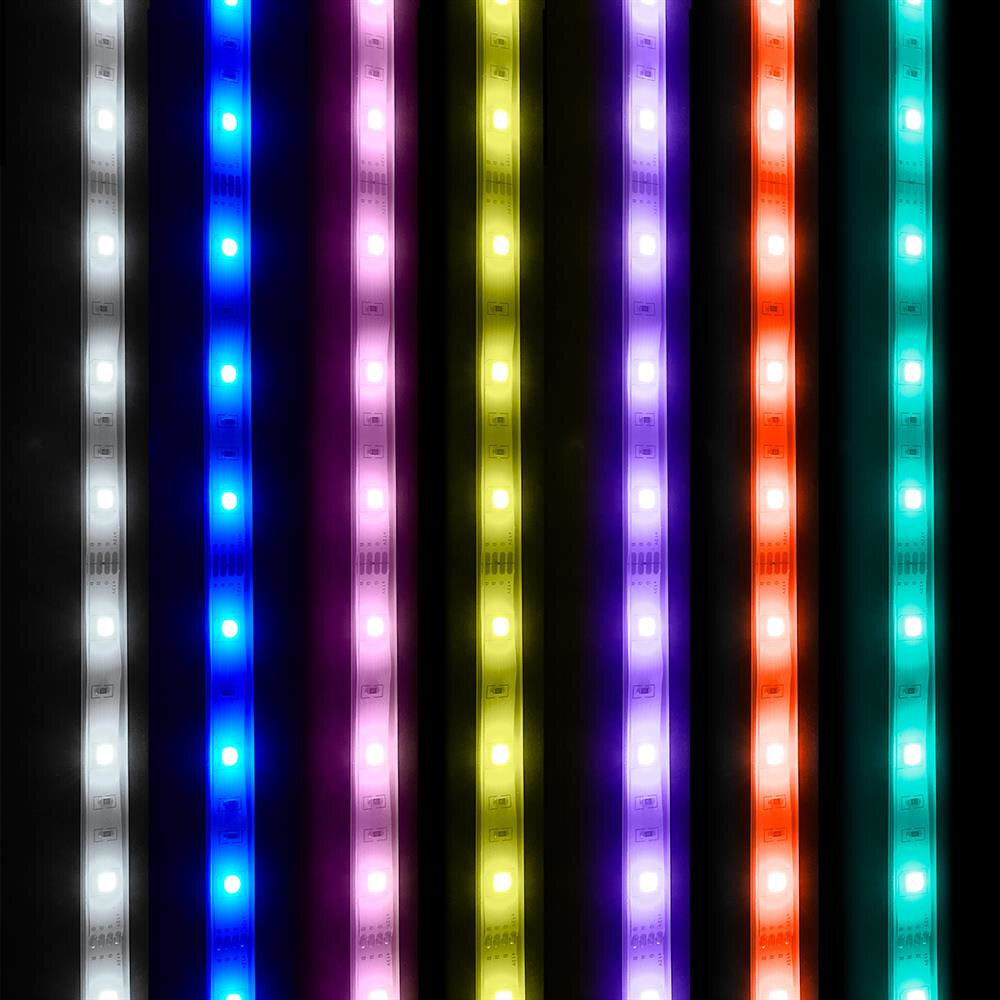
In conclusion, mastering your monster – the LED light remote – may seem daunting at first, but with the right beginner’s guide, it can become a simple and enjoyable experience. By understanding the basic functions and features of your remote, you can create a personalized lighting experience that suits your mood and style. With a little bit of experimentation and creativity, you can transform any room into a cozy haven, a vibrant party space or an intimate date night spot. So, don’t be afraid to unleash your inner creativity and take control of your LED lights using your remote. With time and practice, you’ll become a master of your monster and impress your friends and family with your lighting skills.




